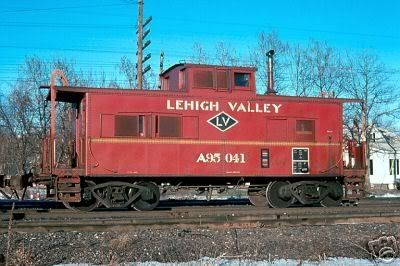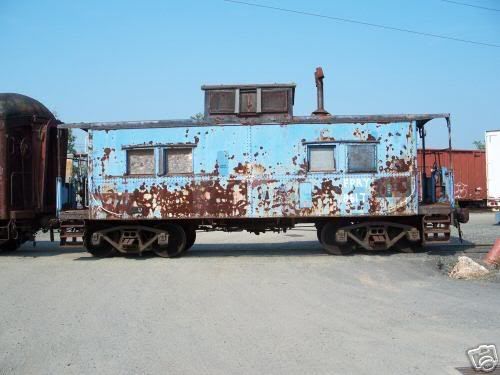You're dealing with 3 areas here.
First - the AAR (Association of American Railroads). This is an industry group who sets forth guidelines for freight cars and interchange rules. While most railroads follow their rules, they are free to not follow them on a limited basis if it is not in conflict with government regs.
Second - Government regulations, set forth in the Code of Federal Regulations, and enforced by the Federal Railroad Administration. These are rule, supported by law. In some cases it is possible to request a waiver. This generates a lot of paperwork, takes a lot of time, is a pain in the butt to go through, and may or may not be approved.
Third - the carriers themselves. Their own policy may be more rigid than the other two. For example, for many years some Class I's have refused to handle friction bearing cars even when not prohibited by the feds. They simply did not want to be bothered with the responsibility and a$$ache in dealing with it. So they would either put a very high charge on such a move, or refuse altogether.
Now there is nothing PHYSICALLY keeping a 1910 wooden boxcar with archbar trucks from going from California to Maine, to make up an example. But the AAR has outlawed archbar trucks, the FRA has prohibited them, and the carriers would all refuse anyway.
As for moving an LV caboose around, the axle bearings are only one factor. Age, underframe, brakes, couplers, all these things and more would have to be examined and any deviation from various regs would have to be dealt with. The smaller the railroads involved, the more possible it may be - freak winds are still known to blow cars around in the middle of the night

But the days of a bottle of scotch to the local trainmaster are long gone from the Class I's. And it's not impossible that a Class I would suggest to the FRA folks looking into a waiver that they (the Class I) would really not be heartbroken if the waiver request was turned down.
Faced with moving an LV caboose any significant distance, in most cases a truck or flatcar would be the easier way, and maybe the ONLY way.

